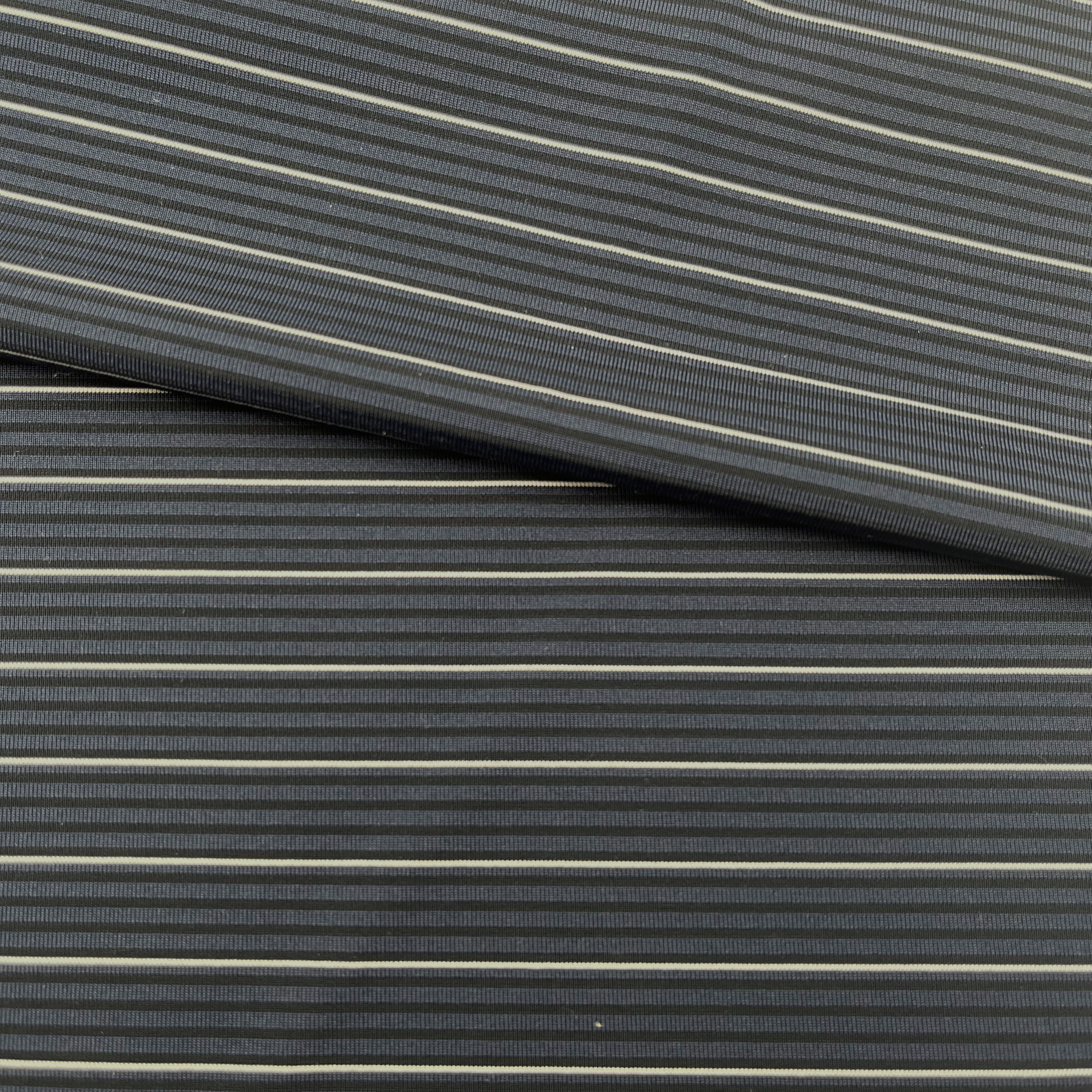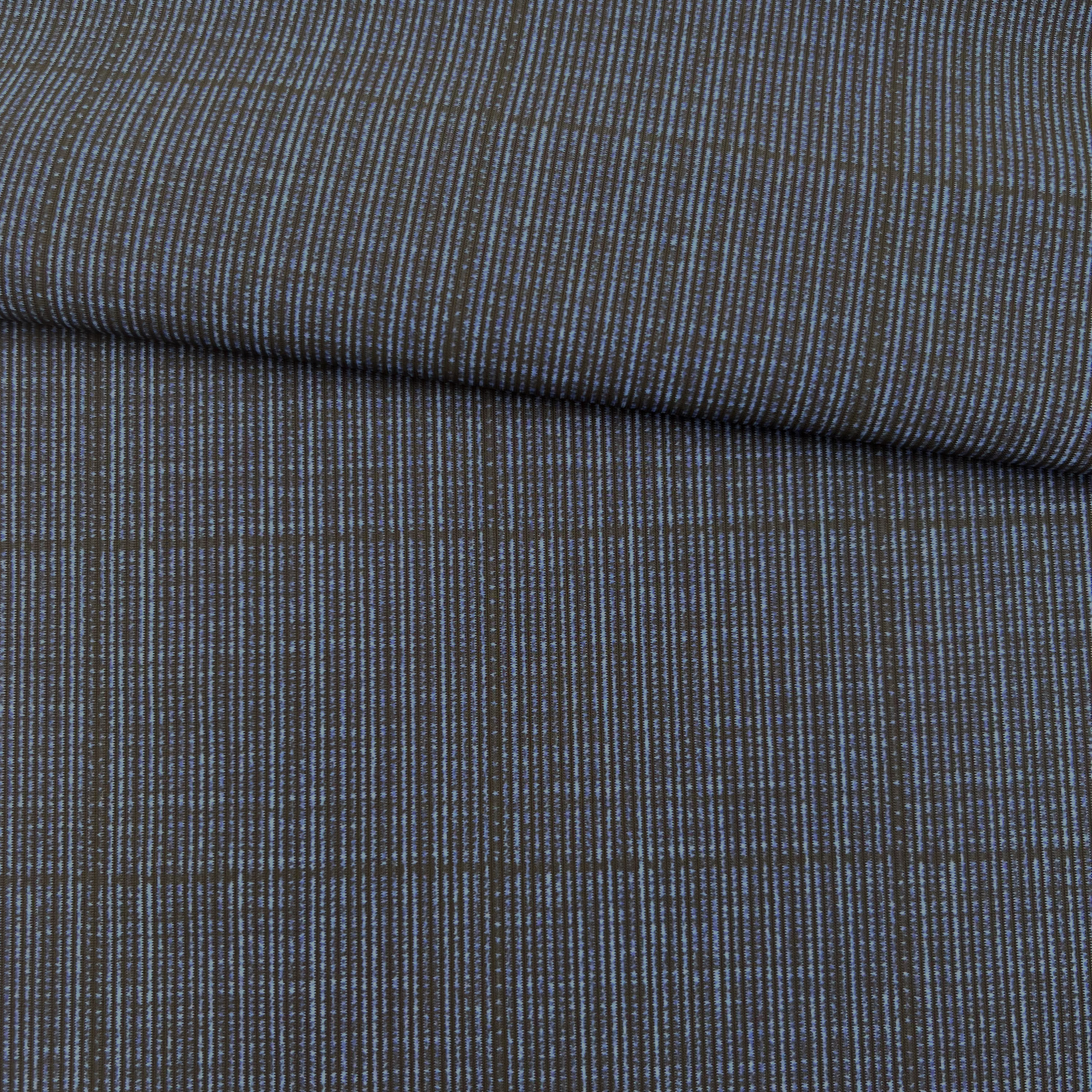Notícias
-
30
2025.10Por que as roupas profissionais de ioga favorecem os tecidos elás...
No mundo do yoga profissional, onde cada movimento flui para o seguinte e a precisão é fundamental, a escolha do vestuário está longe de ser arbitrária. Um olhar mais atento notará que os prat... -
24
2025.10Dicas de durabilidade e limpeza e manutenção para tecidos de ioga
Seu vestuário de yoga é um investimento na sua prática, proporcionando conforto e liberdade de movimentos. No entanto, as próprias propriedades que fazem tecidos de ioga portanto... -
17
2025.10Qual é a diferença entre alongamento e suporte em tecidos para io...
Ao selecionar o traje ideal para sua prática, compreender as principais propriedades do tecidos de ioga é fundamental. Duas das características mais críticas, embora muitas vezes...
Coleção Extensão do conhecimento da indústria
What are the key differences between Jersey Fabric, Knit Fabric, and Interlock Fabric?
Jersey fabric, knit fabric, and interlock fabric are all widely used in the textile industry and offer unique characteristics and applications. Understanding the differences between these fabrics can help you make informed decisions when choosing the right material for your specific needs.
Jersey fabric is a type of knit fabric known for its lightweight and comfortable nature. It is typically made from a combination of natural and synthetic fibers, such as cotton, polyester, or rayon. One of the distinctive features of jersey fabric is its ability to stretch in both width and length. This fabric has a smooth and flat surface on the right side, while the wrong side has a slight vertical rib appearance. Jersey fabric is commonly used in t-shirts, dresses, activewear, and other garments that require a good amount of drape and stretch.
Knit fabric refers to a broad category of fabrics that are produced by interlocking a series of loops. It can be made from various materials, including cotton, wool, polyester, or a blend of fibers. Knit fabrics are known for their stretchiness, flexibility, and excellent draping qualities. They are comfortable to wear and allow freedom of movement. Knit fabrics come in different variations, such as single jersey, double knit, rib knit, or jacquard knit, each offering unique textures and appearances. This fabric type is commonly used in sweaters, socks, sportswear, and various other applications where stretch and comfort are desired.
Interlock Fabric:
Interlock fabric is a type of double-knit fabric with a smooth and luxurious feel. It is constructed with two sets of warp yarns and two sets of weft yarns that create a double-layered, reversible fabric. Interlock fabric is thicker and more stable compared to jersey fabric, making it less prone to curling at the edges. It has a similar appearance on both sides and offers excellent stretch and recovery properties. Due to its stability and durability, interlock fabric is often used for activewear, baby clothing, casual wear, and other applications that require a fabric with good recovery and shape retention.
In summary, while all three fabrics (Jersey, Knit, and Interlock) fall under the broader category of knit fabrics, they differ in terms of stretch, weight, appearance, and application. Jersey fabric is lightweight and highly stretchable, knit fabric offers versatility and stretch, and interlock fabric provides stability and durability. Choosing the right fabric will depend on factors such as desired stretch, weight, drape, and intended use of the final product.























